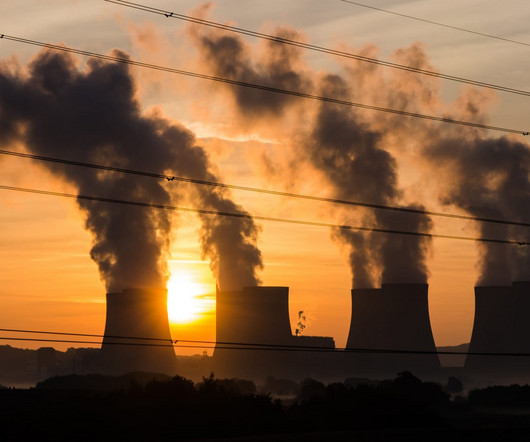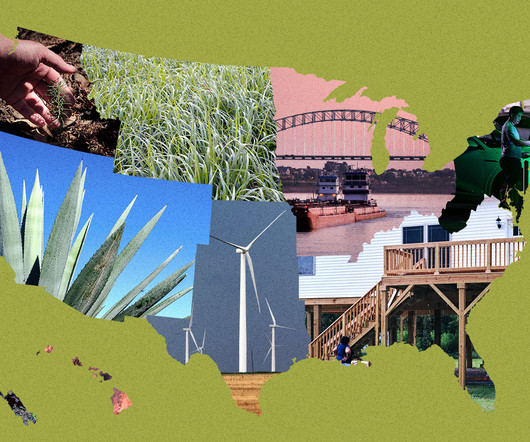Vast Majority of Global CO2 Emissions Tied to Just 57 Entities
DeSmogBlog
APRIL 4, 2024
The database — which academics, lawyers, and advocates often rely on for research and legal cases — had only included information through 2017. Their ranks have become even more intensely consolidated: In 2017, the rankings showed that 100 entities were responsible for 71 percent of the sector’s emissions between 1988 and 2015.















Let's personalize your content